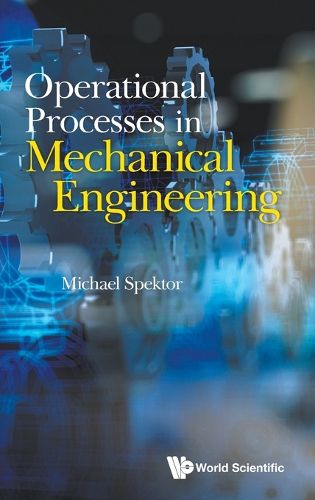Readings Newsletter
Become a Readings Member to make your shopping experience even easier.
Sign in or sign up for free!
You’re not far away from qualifying for FREE standard shipping within Australia
You’ve qualified for FREE standard shipping within Australia
The cart is loading…






This is the first mechanical engineering textbook that deals with the operational processes of systems: the analysis of their characteristics of motion. A system's motion often must comply with certain constraints, such as acceptable ranges of acceleration or deceleration. Determining the parameters of motion requires the composing and solving of differential equations that describe the system's operational processes. Calculus courses for mechanical engineering programs offer a method based on characteristic equations, which allows the solving of differential equations for one-degree-of-freedom systems. However, this method does not work for two-degree-of-freedom systems, such as shock absorbing mechanisms.This textbook presents the solutions for the entire spectrum of linear differential equations of motion for one- and two-degree-of-freedom systems. These solutions are obtained using the Laplace Transform methodology along with a newly presented table of 101 Laplace Transform pairs.
$9.00 standard shipping within Australia
FREE standard shipping within Australia for orders over $100.00
Express & International shipping calculated at checkout
This is the first mechanical engineering textbook that deals with the operational processes of systems: the analysis of their characteristics of motion. A system's motion often must comply with certain constraints, such as acceptable ranges of acceleration or deceleration. Determining the parameters of motion requires the composing and solving of differential equations that describe the system's operational processes. Calculus courses for mechanical engineering programs offer a method based on characteristic equations, which allows the solving of differential equations for one-degree-of-freedom systems. However, this method does not work for two-degree-of-freedom systems, such as shock absorbing mechanisms.This textbook presents the solutions for the entire spectrum of linear differential equations of motion for one- and two-degree-of-freedom systems. These solutions are obtained using the Laplace Transform methodology along with a newly presented table of 101 Laplace Transform pairs.